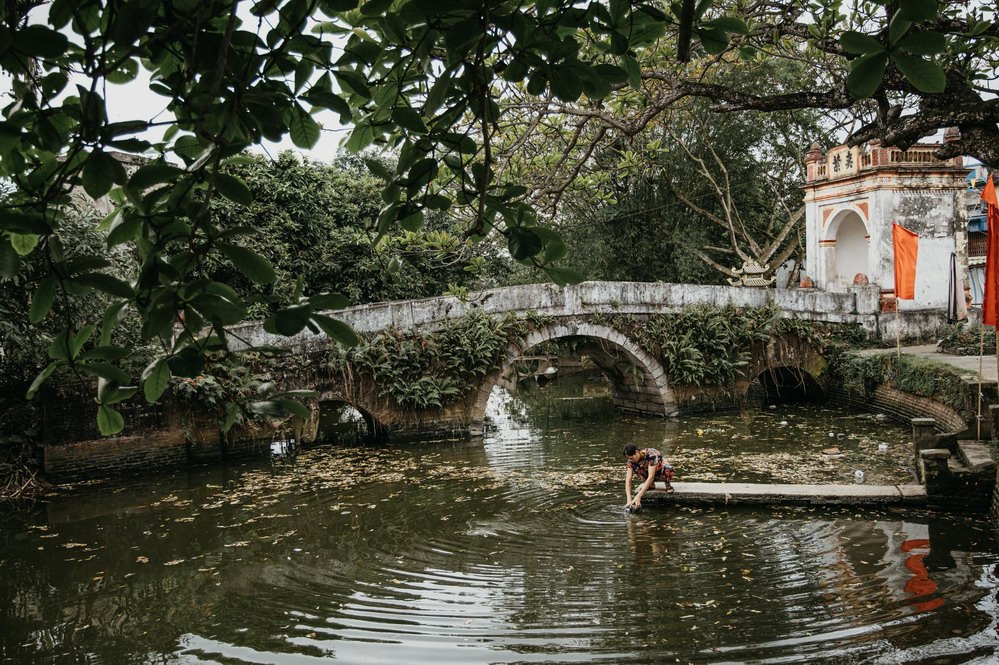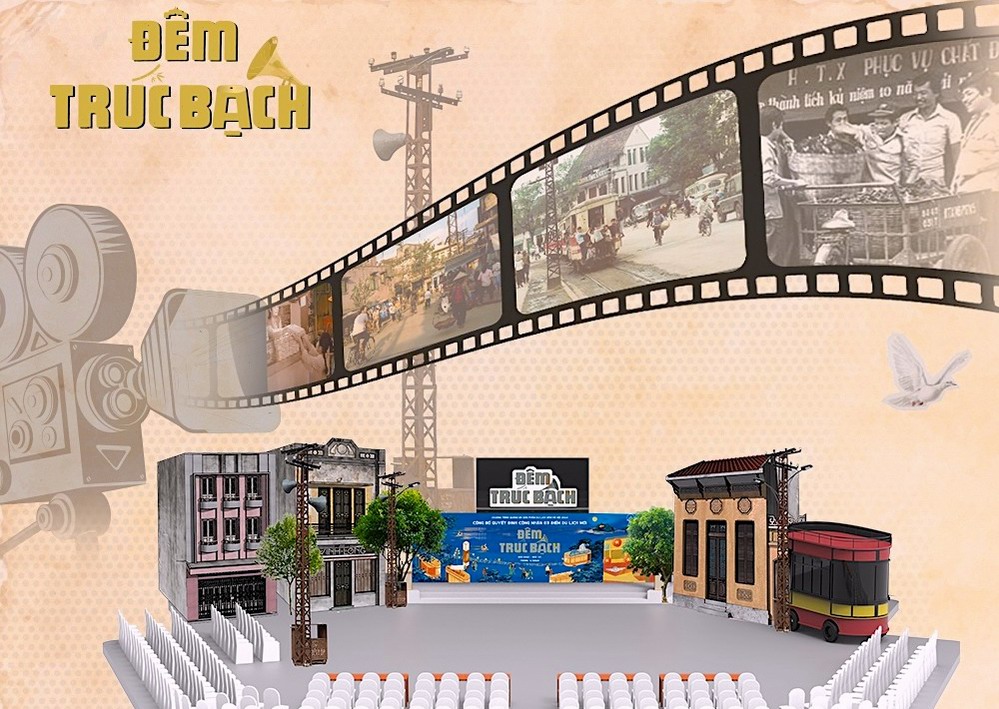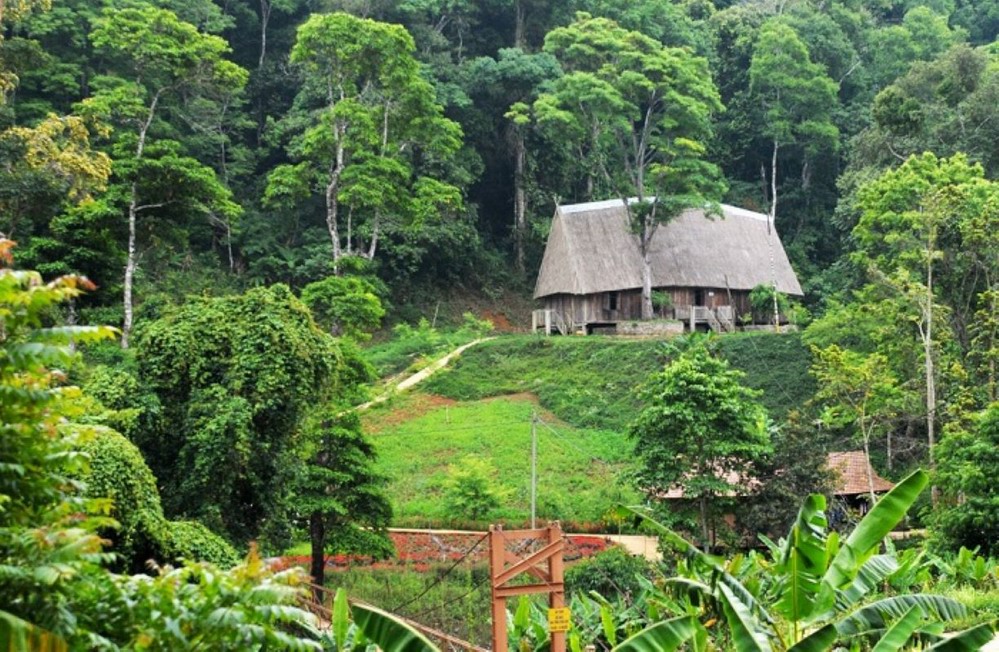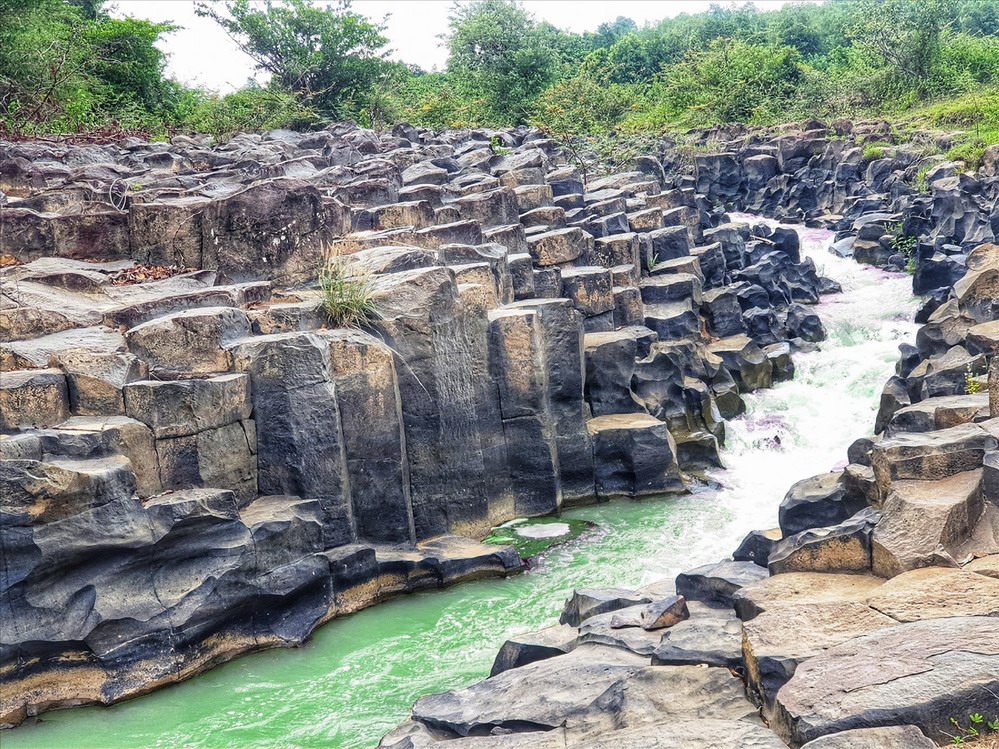Possessing a peaceful space with a stone bridge across a poetic river, hundreds of years old houses, village ponds, wells..., Dich Diep ancient village (Nam Dinh) has the ancient beauty of a Northern Vietnam's Red river delta village. Vietnam Impressive Travel
Located about 110 km from Hanoi and more than 20 km from Nam Dinh city center, Dich Diep village (in Truc Chinh commune, Truc Ninh district) is one of the ancient villages in the northern Vietnam.
According to local people, Dich Diep village was formed around the beginning of the 11th century, with the original name of Dich Diep Trang.
This place still retains the ancient beauty of a traditional Vietnamese village with banyan trees, temples, pagodas, water wells... becoming a "healing" destination for tourists looking for a peaceful place.
The village still preserves 6 ancient house gates, 1 ancient village gate, 2 wooden houses (1 house over 100 years old and 1 house over 200 years old with roof tiles), 1 rolling bridge across the river and 3 water wells at the end of the village.
Among them, the most noticeable place in Dich Diep village, attracting the attention of tourists when coming here, is the southern gate, connected to the stone arch bridge built in 1864.
When walking in the village, visitors will also encounter ancient gates, mainly built in the style of parabolic arches, with soft, curving designs.
The gate roof is tiled, connected to the gate arch by two vertical pillars, elaborately carved. The gate surface is also elaborately decorated, with embossed characters expressing the homeowner's motto or character.
Depending on the location, terrain, and conditions of each house, the gate arch has different scales and grandeur.
Another interesting thing is that in Dich Diep village there is a "green treasure" that is over 900 years old. It is an ancient Bodhi tree that is over 20m high, with a trunk that is so "huge" that it takes about 5 adults to hug it. Around the tree trunk are large roots about 40cm long, growing long and clinging tightly to the ground.
With its historical values, in April 2021, the ancient Bodhi tree in Dich Diep village was officially recognized as a Vietnamese heritage tree by the Vietnam Association for Conservation of Nature and Environment.
Source: https://impressivevietnamtravel.com/blog/bich-diep-ancient-village-in-nam-dinh.html



